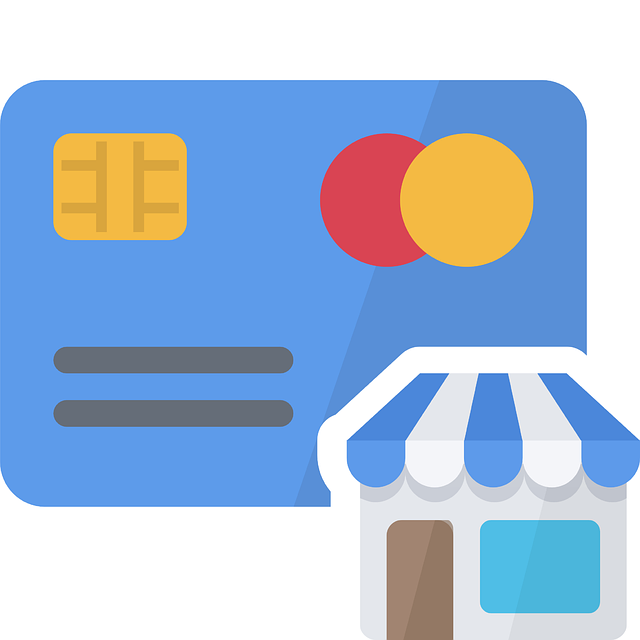Borrowers face a choice between traditional bank loans and alternative loans (peer-to-peer, online) characterized by flexibility, faster approvals, and lower costs but less accessibility. When comparing options, focus on customer service including responsiveness, expertise, and resource availability. Alternative loans like peer-to-peer, crowdfunding, and installment loans offer diverse terms, with platforms varying in service strategies from automated to personalized support. Success in a competitive market requires balancing digital efficiency with human guidance. Identifying financial goals and evaluating interest rates, repayment plans, and protections helps match loan choices with unique needs and long-term objectives, emphasizing the importance of alternative loans.
In today’s financial landscape, understanding the nuances between traditional loans and alternative loan options is paramount. This article delves into the comparison of customer service across these two categories, focusing on factors like accessibility, responsiveness, and overall satisfaction. We explore popular alternative loan types, their unique customer service offerings, and the pros and cons associated with each approach. By navigating this guide, folks can make informed decisions, ensuring the best course for their financial needs, especially when considering alternative loans.
- Traditional Loans vs. Alternative Loans: Understanding the Basics
- Factors to Consider When Comparing Customer Service in Loan Options
- Exploring Popular Alternative Loan Types and Their Customer Service Offerings
- Pros and Cons of Different Customer Service Approaches in Lending
- Navigating the Best Course for Your Financial Needs: A Guide
Traditional Loans vs. Alternative Loans: Understanding the Basics

In the realm of financing, the choice between traditional loans and alternative loans is a significant decision for borrowers. Traditional loans, often offered by banks and credit unions, have been the cornerstone of lending for decades. These loans typically require collateral, have fixed interest rates, and adhere to strict eligibility criteria. On the other hand, Alternative Loans, also known as peer-to-peer or online loans, have emerged as a game-changer in recent years. They are facilitated through online platforms, connecting borrowers directly with lenders, often offering more flexible terms, faster approval times, and diverse repayment options.
When considering traditional versus alternative loans, borrowers should weigh the pros and cons. Traditional loans may provide lower interest rates for those with excellent credit, but they can be less accessible and involve a lengthy application process. In contrast, Alternative Loans offer convenience, speed, and potentially lower borrowing costs for borrowers with subpar credit or those seeking specialized financing options. Understanding these fundamental differences is crucial in navigating the various loan landscapes available in today’s financial market.
Factors to Consider When Comparing Customer Service in Loan Options

When comparing customer service in loan options, several key factors come into play. Firstly, consider the accessibility and responsiveness of support channels. Different lenders offer various methods such as phone, email, or live chat, each with its own efficiency. Efficient customer service should provide prompt responses, clear communication, and multiple contact points to suit diverse customer preferences.
Secondly, evaluate the expertise and friendliness of the staff. Knowledgeable representatives who can offer tailored advice and address concerns are invaluable. A lender’s commitment to training their staff and fostering a helpful atmosphere significantly impacts the overall experience. Additionally, checking for available resources like comprehensive FAQs, educational materials, or online tools can enhance the customer service experience, especially with alternative loans that cater to specific needs.
Exploring Popular Alternative Loan Types and Their Customer Service Offerings

In today’s financial landscape, traditional loan options are no longer the only game in town. The rise of alternative loans has brought about a new era of borrowing, catering to diverse needs and preferences. From peer-to-peer lending to crowdfunding and installment loans, these innovative options offer flexible terms and accessibility not always found in mainstream banking.
When exploring alternative loans, customer service becomes an essential differentiator. While some platforms prioritize automated processes for efficiency, others focus on personalized support. Peer-to-peer lenders often provide robust online portals and mobile apps for borrowers to manage their loans conveniently. Customer service representatives are readily available through live chat or phone calls to address any queries or issues promptly. Conversely, crowdfunding platforms might lean more towards community-driven support, where borrower interactions occur primarily through comments and forums, offering a unique yet less direct approach to customer service.
Pros and Cons of Different Customer Service Approaches in Lending

In the competitive lending landscape, understanding different customer service approaches is key to attracting and retaining clients. One extreme is the traditional, face-to-face interaction where loan officers provide personalized assistance, building strong relationships but potentially limiting reach. This method excels in complex loan scenarios, ensuring customers receive tailored guidance. However, it may not be scalable for high-volume lenders, leading to longer wait times and fewer options for borrowers.
On the other hand, alternative loans emphasize digital platforms and automated processes. Pros include 24/7 accessibility, streamlined applications, and quicker turnaround times, making it convenient for borrowers with busy schedules or limited mobility. Yet, this approach may lack the human touch, leading to potential misunderstandings or concerns among customers who prefer personalized interactions. Balancing these pros and cons is crucial for lenders aiming to provide exceptional service while maintaining efficiency.
Navigating the Best Course for Your Financial Needs: A Guide

Navigating the complex world of loans can be daunting, but understanding your financial needs is the first step to finding the best course. Whether it’s for a home purchase, business expansion, or covering unexpected expenses, choosing between traditional and alternative loan options requires careful consideration. Traditional banks often offer fixed-rate mortgages or personal loans with strict eligibility criteria, while alternative loans provide more flexibility.
Peer-to-peer lending platforms and online lenders have entered the scene, offering speedier approvals and adaptable terms. These alternative loans cater to diverse financial scenarios, from short-term funding needs to long-term investments. When comparing options, weigh factors like interest rates, repayment terms, and borrower protections. Understanding your budget, creditworthiness, and specific requirements will help guide you towards a loan choice that aligns with your financial journey.






